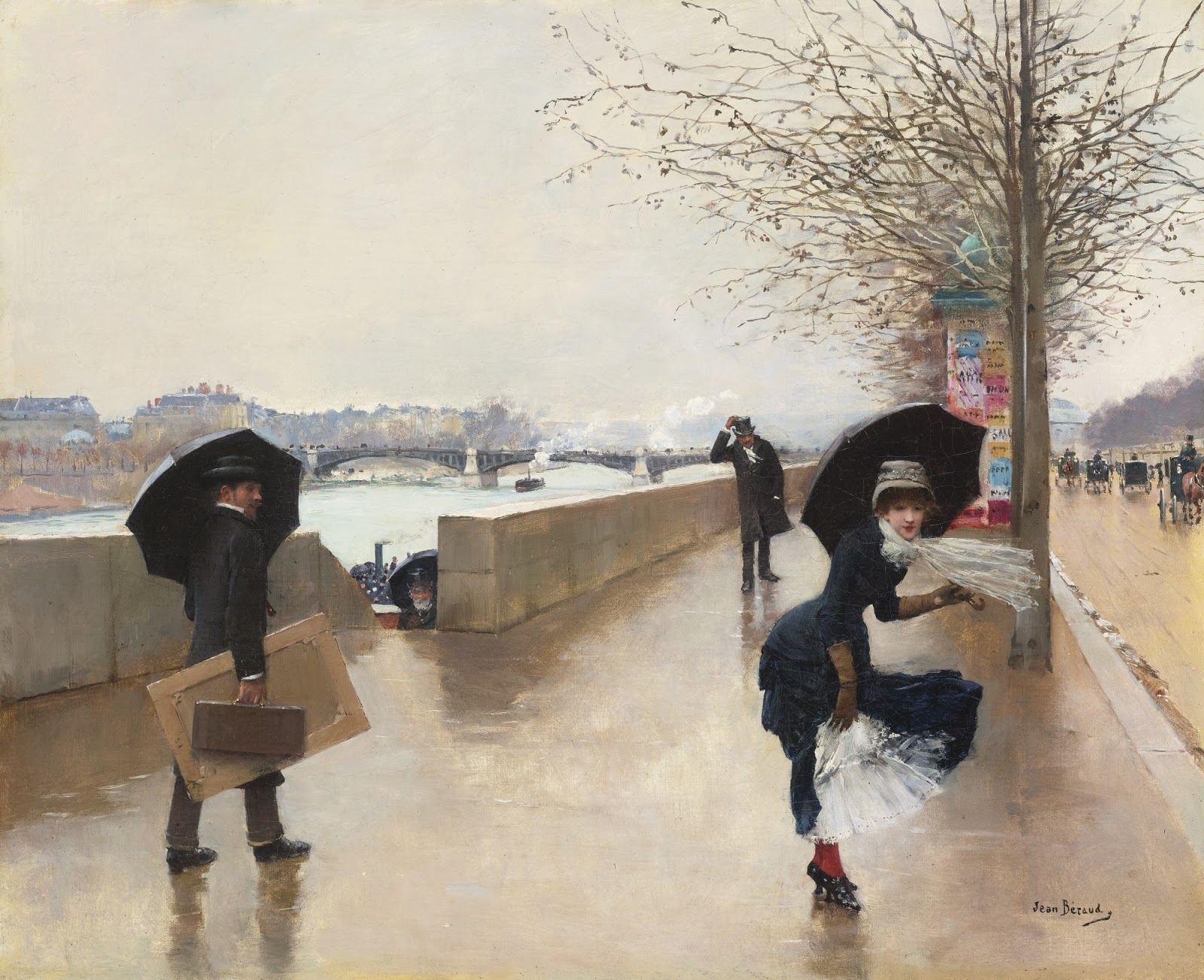Émile Friant (1863-1932) carries out primarily portraits and scene paintings of the everyday life. Its fabrics draw their instantaneous character in the photographic process.
Émile Friant is born in Dieuze in 1863. Its family, of modest origin, settles in Nancy at the time of the annexation of the Alsace-Moselle. Émile Friant begins his formation at the School of the Art schools of Nancy and exposes as of the fifteen years age to the local Show. Friant continues his studies in Paris in the workshop of the painter Alexandre Cabanel and becomes at twenty years second price of Rome. Paris where the Friant young person finds other Lorraine artists like Aimé Morot, Jules Bastien-Lepage and Victor Prouvé.




.jpg)



